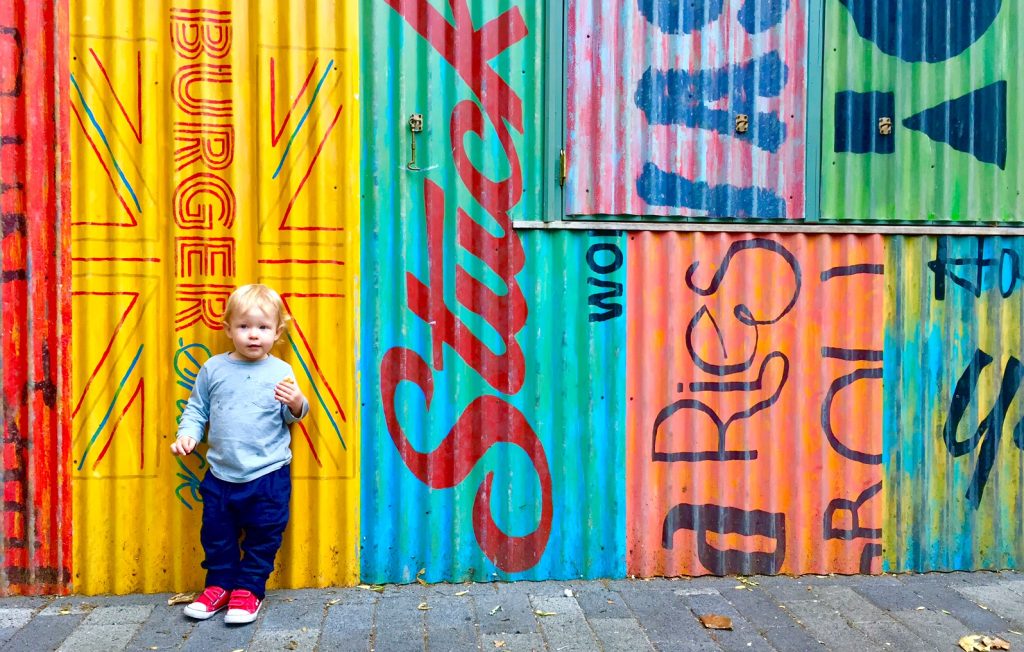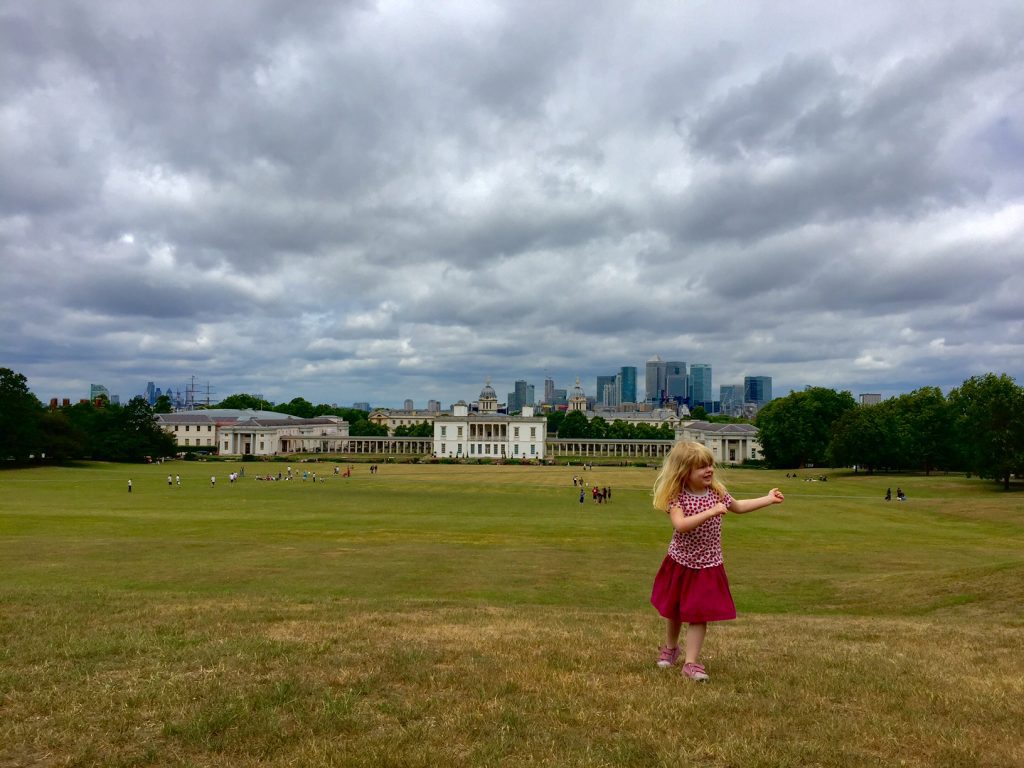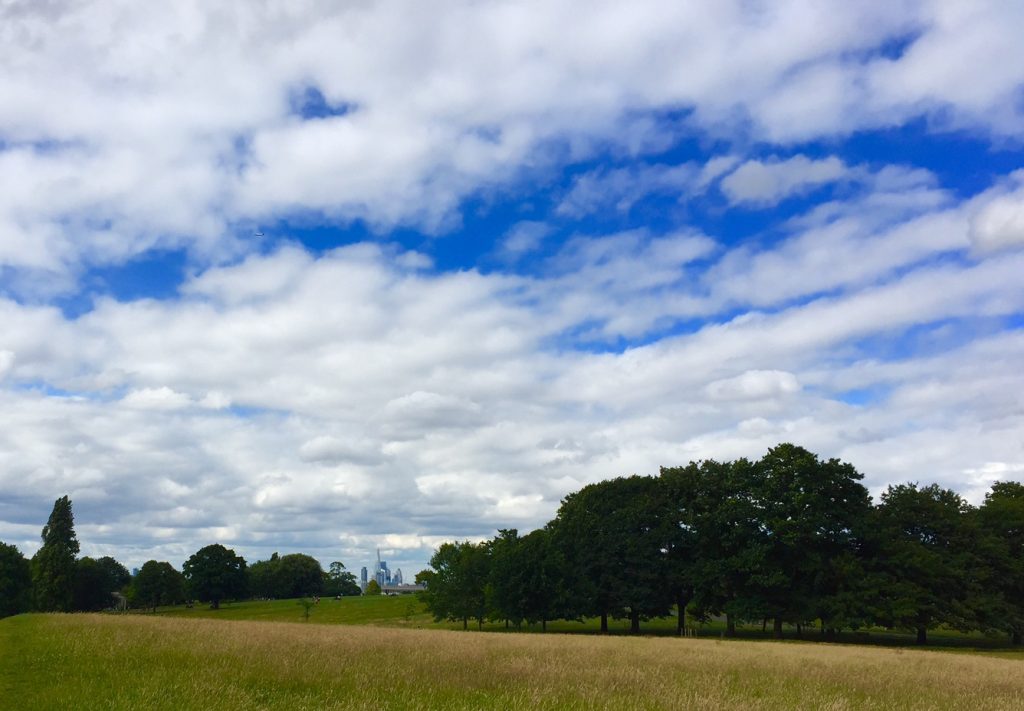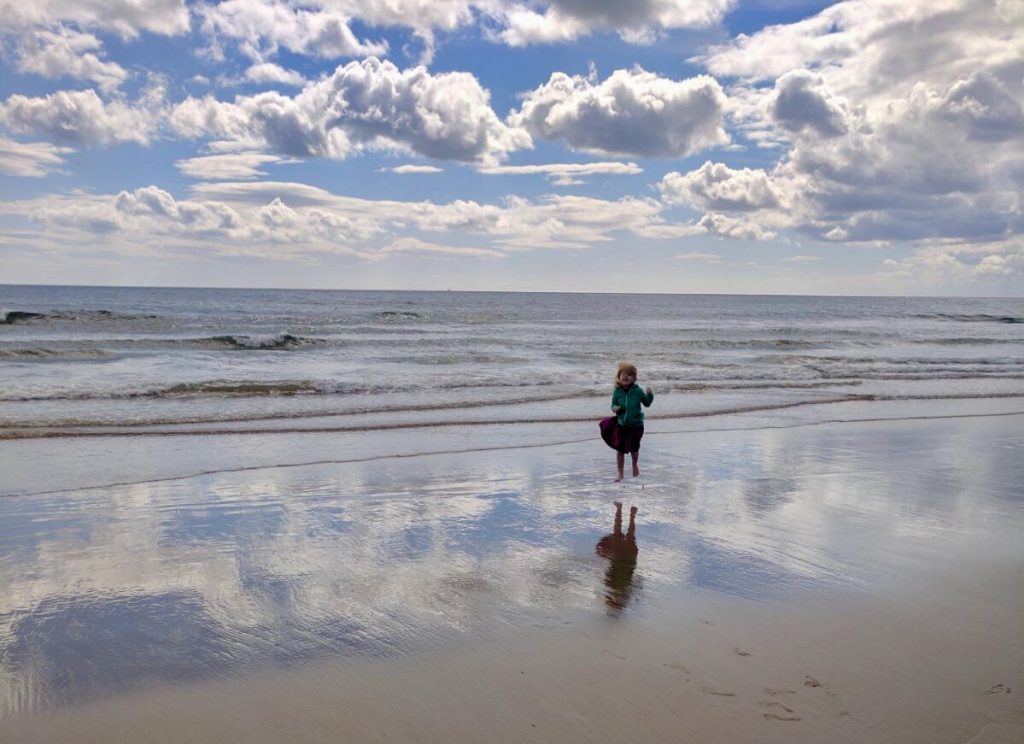How to use you phone camera like a pro! London family photography

Lugging a great big camera around can be tiring and even I, as a London lifestyle and documentary family photographer, don’t have a ‘proper’ camera on me at all times. The best camera you have is always the one you have with you at the time. I’ve taken some great photos and even had them published in my press photographer days with a small basic camera because that’s what was in my bag when the photo moment arose. Most of us always have a phone on us and for most phones these days the camera is pretty good. You probably won’t be getting published in National Geographic or seeing your photos in the National Portrait Gallery (probably – but who knows!) as the resolution isn’t that high, but they will be perfectly adequate to print out snapshots and publish on social media – which lets face it with digital photography is what we mostly end up doing anyway!
So here are a few tips to get the best out of your phone camera.
1. Turn your camera horizontal! Pet peeve here – though I confess I’m as guilty as the next person at least 50% of the time. Because we use our phones vertically – or portrait orientation – that’s often how we whip them out of our packets to snap a quick photo. More often than not when we use a proper camera we will use it horizontally – or landscape orientation. Flipping our phone around to landscape orientation can make all the difference to a more interesting and more professional-looking image. When I want to take a proper photo with my phone, I nearly always turn it landscape format.
2. Choose a focal point. On most smartphones you can tap the screen where you want it to focus, rather than the whole frame being sharp. This means you can blur aspects and draw attention to your main subject (or you can also do this with filters afterwards if it’s a click it or miss it situation).
3. Choose your angle. Get down low or way up high to shake it up a bit. Photos taken from standing height can get a bit boring. If you’re photographing children in particular it’s a great tip to get down on their level so they can look the camera ‘in the eye’. It gives a whole new dimension to your images. Getting down in the dirt at ground level or shooting from way up high can really transform your images with an interesting perspective.
4. Be candid. Photograph and document the everyday moments and expressions. Tell a story. Try to keep it simple and declutter a little so your viewer’s attention is drawn to the subject, rather than the dirty socks in the background (unless the dirty socks are part of the story of course!)
5. Big skies, broad horizons. Skies can add a great blast of colour or mood to an image. I love a big sky and often use up two thirds of my composition on the sky alone. Get down low to make the most of a good sky – big fluffy white clouds, aeroplane lines, sumptuous sunsets and sunrises, a wide expanse of blue. And watch those horizon lines – try to make sure it’s horizontal and either in the top third or bottom third of the frame. And never have the horizon running through someone’s head – it just looks odd.
6. Look for leading lines or foreground interest. These are two very easy compositional tips that will help draw your viewer’s attention to your main subject and focal point.
7. Look for the patterns. You can compose some tantalisingly abstract images if you look for interesting patterns. Look for shadows and the patterns they cast for example, or texture on an interesting rock, peeling paint, spiral staircases, striking architecture, tree bark – they’re everywhere if you know how to look. Combine this with an unusual angle for some unique images.
8. A burst of colour is sometimes all you need to brighten up your day and your photographs. Great for backgrounds or the main subject – urban graffiti or a brightly-coloured rain coat. Sometimes just a bright injection of colour is all you need to raise the game.
9. Use a filter. Once you’ve taken a great snap, it’s time to do a little bit of editing. Almost any great photo has had some degree of editing and these days you don’t need to be a whizz at photoshop to give your phone pictures an extra bit of spark. Your phone camera will have some basic editing options or there are a loads of add on editing apps that have a variety of more advanced features. A few worth checking out are Snapseed, VSCO, Adobe Photoshop Express and Camera+. Experiment to find a style or a filter you like or play around with different effects.
10. Look for the light. As is always the case in photography, light is everything. Look for where you subject is best lit or interesting shadows to take a mediocre snap to the next level.
Now that you’ve taken all these great photos on your phone – make sure you remember to print them out, send them out on social media, put them in an album or stick them on a wall. They’re no use hidden on your phone!


The article has also appeared in the Huffington Post
